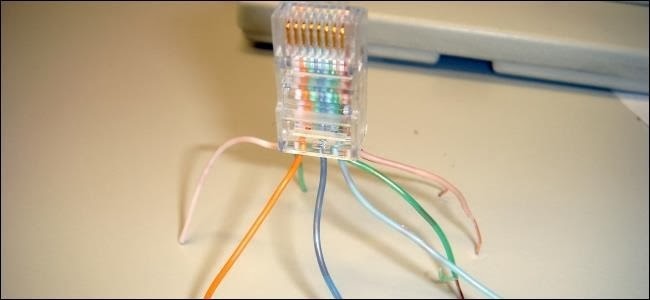India's first mission to Mars left Earth's orbit early on Sunday, clearing a critical hurdle in its journey to the red planet and overtaking the efforts in space of rival Asian giant China.
The success of the spacecraft, scheduled to orbit Mars by next September, would carry India into a small club, which includes the United States, Europe and Russia, whose probes have orbited or landed on Mars.
India's venture, called Mangalyaan, faces more hurdles on its journey to Mars. Fewer than half of missions to the planet are successful.
"While Mangalyaan takes 1.2 billion dreams to Mars, we wish you sweet dreams!" India's space agency said in a tweet soon after the event, referring to the citizens of the world's second-most populous country.
China, a keen competitor in the space race, has considered the possibility of putting a man on the moon sometime after 2020 and aims to land its first probe on the moon on Monday.
It will deploy a buggy called the "Jade Rabbit" to explore the lunar surface in a mission that will also test its deep space communication technologies.
The success of the spacecraft, scheduled to orbit Mars by next September, would carry India into a small club, which includes the United States, Europe and Russia, whose probes have orbited or landed on Mars.
India's venture, called Mangalyaan, faces more hurdles on its journey to Mars. Fewer than half of missions to the planet are successful.
"While Mangalyaan takes 1.2 billion dreams to Mars, we wish you sweet dreams!" India's space agency said in a tweet soon after the event, referring to the citizens of the world's second-most populous country.
China, a keen competitor in the space race, has considered the possibility of putting a man on the moon sometime after 2020 and aims to land its first probe on the moon on Monday.
It will deploy a buggy called the "Jade Rabbit" to explore the lunar surface in a mission that will also test its deep space communication technologies.

.jpg)


.jpg)

 colour to blend in with their surroundings, but this is actually not true. Most of the reason chameleons change colour is as a signal, a visual signal of mood and aggression, territory and mating behaviour.
colour to blend in with their surroundings, but this is actually not true. Most of the reason chameleons change colour is as a signal, a visual signal of mood and aggression, territory and mating behaviour..jpg)






.jpg)





